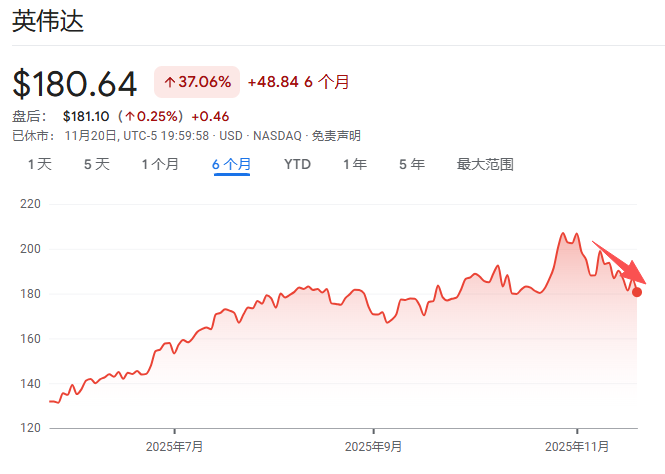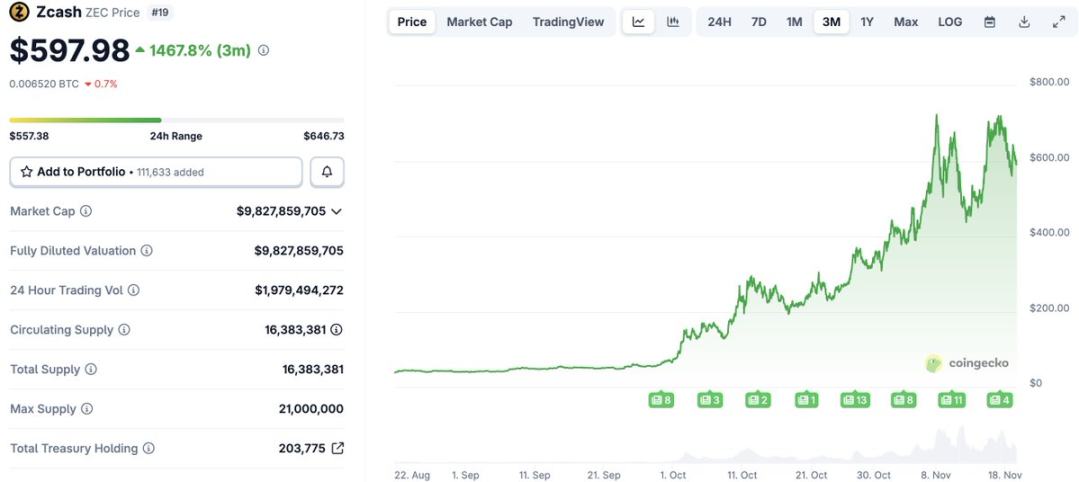BitMine Immersion’s Strategic ETH Accumulation and the Case for Ethereum as a Macro Hedge
- BitMine Immersion (BMNR) holds 1.71M ETH ($8.82B), the largest Ethereum treasury, funded by a $24.5B ATM program boosting NAV by 74% in six weeks. - Ethereum’s deflationary supply (1.32% burn rate) and 8–12% staking yields attract $19.2B in ETF inflows, outpacing Bitcoin’s $548M. - Regulatory clarity (SEC commodity classification, GENIUS Act) and institutional backing (ARK, Galaxy) normalize Ethereum adoption, enhancing its macro-hedge appeal. - Ethereum outperforms Bitcoin and equities during Fed easing
BitMine Immersion Technologies (BMNR) has emerged as a paradigm-shifting force in institutional Ethereum treasury management, leveraging a dual strategy of aggressive ETH accumulation and yield generation to redefine corporate capital allocation. As of August 2025, BitMine holds 1.71 million ETH ($8.82 billion), making it the largest Ethereum treasury globally and the second-largest crypto treasury behind MicroStrategy [1]. This accumulation is funded by a $24.5 billion at-the-market (ATM) equity program, which has driven BitMine’s net asset value (NAV) per share to surge 74% in six weeks, from $22.84 to $39.84 [3]. The company’s approach combines immersion-cooled Bitcoin mining for short-term cash flow with Ethereum staking for long-term value creation, targeting 8–12% annualized yields through partnerships with institutional staking platforms [3].
Ethereum’s macroeconomic positioning as a hybrid asset—part store of value, part yield generator—has made it a compelling hedge for institutional portfolios. Unlike Bitcoin’s fixed supply model, Ethereum’s post-Merge dynamics create a deflationary environment through EIP-1559’s 1.32% annualized burn rate and staking locks that reduce circulating supply by 3–5% annually [2]. This deflationary pressure, combined with staking yields outpacing traditional fixed-income assets, has attracted $19.2 billion in Ethereum ETF inflows by Q2 2025, dwarfing Bitcoin’s $548 million in the same period [1]. BitMine’s strategy mirrors this trend, with 30% of its ETH staked to generate passive income while maintaining liquidity through liquid staking derivatives [1].
The case for Ethereum as a macroeconomic hedge is further strengthened by its correlation with Fed rate-cut cycles. During the 2024–2025 easing cycle, Ethereum outperformed Bitcoin and equities, surging 13% as the Fed signaled dovish policy [1]. This outperformance is attributed to Ethereum’s beta of 4.7, amplifying its sensitivity to monetary policy compared to the S&P 500’s beta of 1.0 [1]. Additionally, Ethereum’s integration into decentralized finance (DeFi) and real-world asset (RWA) tokenization has diversified its use cases, making it a strategic asset for institutions seeking exposure to innovation-driven growth [3].
Regulatory tailwinds have further normalized Ethereum’s institutional adoption. The U.S. SEC’s 2025 reclassification of Ethereum as a commodity, alongside the GENIUS Act’s 100% reserve-backed stablecoin framework, has reduced compliance risks for corporate treasuries [2]. BitMine’s institutional backers, including ARK Invest’s Cathie Wood and Galaxy Digital , have positioned Ethereum as a cornerstone of the next financial paradigm, driven by its role in stablecoin issuance and AI infrastructure [1]. This regulatory clarity has enabled BitMine to act as a “floor buyer” during market volatility, stabilizing ETH prices and signaling long-term confidence [3].
However, Ethereum’s macroeconomic utility is not without risks. Its volatility remains higher than gold or Bitcoin, and regulatory shifts could disrupt its institutional adoption [2]. Yet, the combination of deflationary supply dynamics, staking yields, and regulatory progress positions Ethereum as a superior macro hedge compared to traditional assets. For instance, Ethereum’s 3–5% staking yields outperform gold’s zero-yield model and Bitcoin’s passive “hodl” strategy [1]. This dual value proposition—price appreciation plus yield—has made Ethereum a preferred asset for capital-efficient firms, particularly in a low-interest-rate environment.
In conclusion, BitMine Immersion’s strategic ETH accumulation exemplifies the institutional-grade treasury management that is redefining corporate capital allocation. By leveraging Ethereum’s deflationary supply model, staking yields, and regulatory clarity, BitMine has created a self-reinforcing cycle of accumulation and value creation. As Ethereum’s market capitalization approaches $150 billion and institutional adoption accelerates, the case for Ethereum as a macroeconomic hedge—outpacing Bitcoin and gold—becomes increasingly compelling. For investors, the message is clear: Ethereum is no longer a speculative asset but a strategic, yield-generating cornerstone of the decentralized economy.
Source:[1] BitMine Immersion (BMNR) Reigns as the #1 ETH Treasury in the World [1][2] Ethereum's Institutional Inflection Point: A $12000+ Future [2][3] BitMine's Ethereum Accumulation: A Strategic Play for Institutional Dominance in Web3 Finance [3]
Disclaimer: The content of this article solely reflects the author's opinion and does not represent the platform in any capacity. This article is not intended to serve as a reference for making investment decisions.
You may also like
"AI Godmother" Fei-Fei Li's Latest Interview: I Didn't Expect AI to Become So Popular, the Next Frontier Is Spatial Intelligence
If AI leads humanity into an extinction crisis, it will be humanity's fault, not the machines'. If superintelligence emerges, why would humanity allow itself to be taken over? Where are collective responsibility, governance, and regulation? "Spatial intelligence" may fundamentally change the way we understand the world.
Has the four-year cycle of Bitcoin failed?
The various anomalies in this cycle—including waning sentiment, weakening returns, disrupted rhythms, and institutional dominance—have indeed led the market to intuitively feel that the familiar four-year cycle is no longer effective.

At an internal Nvidia meeting, Jensen Huang admitted: It's too difficult. "If we do well, it's an AI bubble," and "if we fall even slightly short of expectations, the whole world will collapse."
Jensen Huang has rarely admitted that Nvidia is now facing an unsolvable dilemma: if its performance is outstanding, it will be accused of fueling the AI bubble; if its performance disappoints, it will be seen as evidence that the bubble has burst.

After a 1460% Surge: Reassessing the Value Foundation of ZEC
Narratives and sentiment can create myths, but fundamentals determine how far those myths can go.
